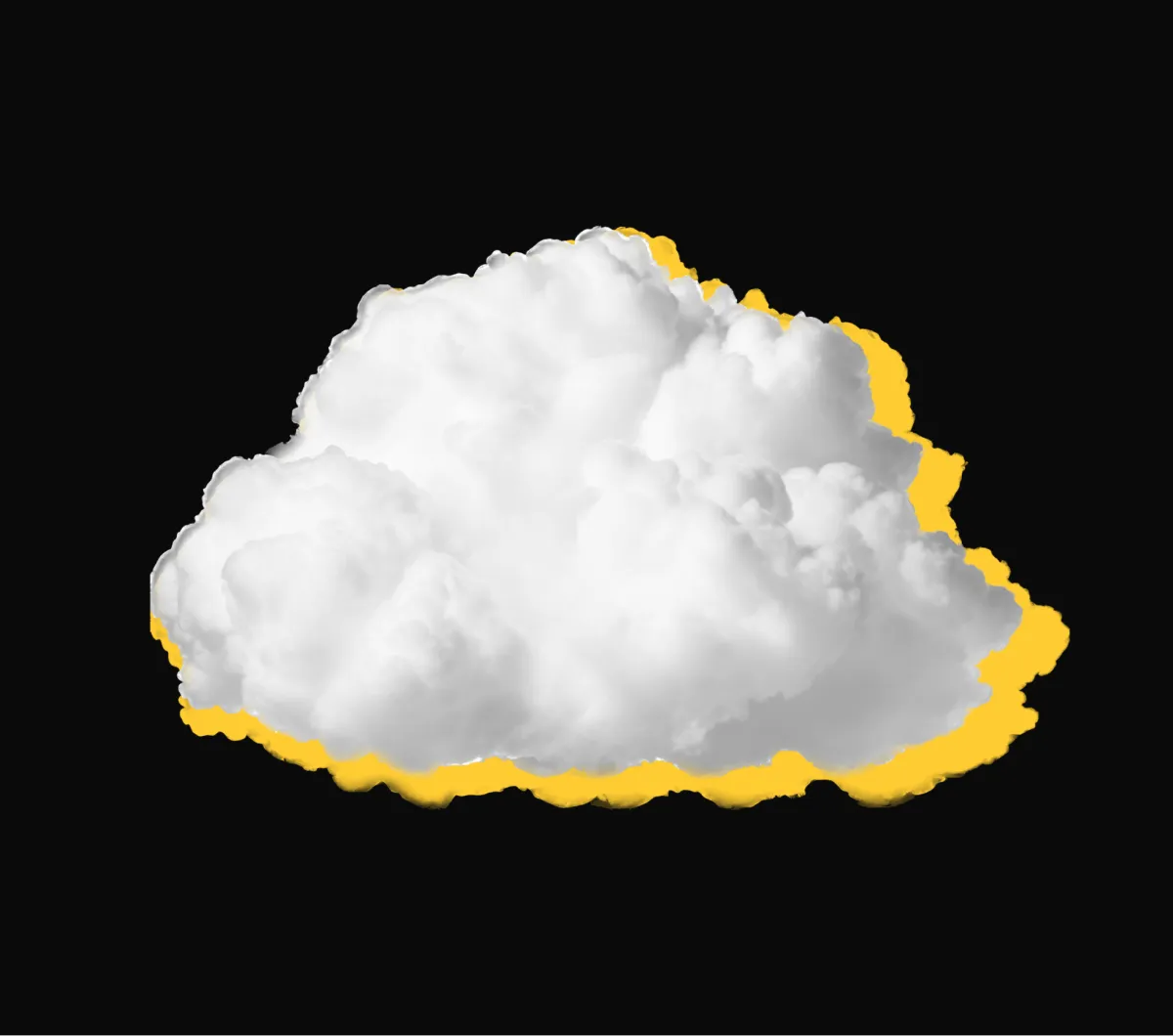WHAT IS CLOUD COMPUTING?
Cloud Computing means access to computing resources through an Internet connection. Cloud Computing includes anything related to a computer – software, hardware, server network infrastructure, and server’s network.
HOW CLOUD COMPUTING ENABLES USERS?
So how things are now? You need data – there are OneDrive, Dropbox or Google Drive to help you out. You need to store your files? Everything is taken care of by cloud service providers, such as Dropbox, Microsoft and Google. They will periodically backup your data and if the hard disk is damaged, they will replace it.
Another example is a contact list on your phone. Previously, you had to save your contact list to your computer and keep your contacts there. And when you changed your phone, you would spend time re-adding contacts back to the phone’s memory. Now Google, Apple and Microsoft take care of your contact list. Each time you add a new number, the contact is synced to the Cloud and kept there automatically.
HOW CLOUD COMPUTING ENABLES BUSINESS?
For enterprises, the cost of computer network maintenance is much higher, as they use not only software like Word, Excel, PowerPoint, but also larger and more complex management and financial systems, with incoming and outgoing data. Even a minor malfunction of such systems can cost thousands if not millions of dollars.
Therefore, companies should have a separate team to configure, test, run, secure and update their systems.
Nowadays businesses are moving their applications and software infrastructure to the cloud. Need accounting software? Just open a browser; click a couple of times and you’re inside your financial program. You don’t need to think about installing this software, or updating it, the provider has already thought of it for you. Just open and use. And – cherry on top – to maintain your software you don’t need to have a dedicated team anymore.
WHAT ARE THE MAIN TYPES OF CLOUD SERVICES?
Today, companies providing cloud services are divided into the three following types:
1.Infrastructure as a Service (IaaS)
2.Platform as a Service (PaaS)
3.Software as a Service (SaaS)
- Infrastructure as a Service (IaaS)
IaaS provides base level of cloud computing. More precisely, what you get is a “cloud server” with CPU, RAM, hard disk (SSD or HDD) depending on your demand.
Vultr or DigitalOcean are typical IaaS services. It is worth mentioning that IaaS is typically meant not for the end user, but mainly for specialists looking for a place to deploy their software – a programmer, a company, or a web publisher. - Platform as a Service (PaaS)
When you pay for IaaS, you get a server. But then, in order to deploy your web application, you need to install a lot of stuff yourself (for example Web Server or Database). Why not select a platform that has everything you need already installed?
On the other hand, there are many PaaS providers that don’t allow you to have a server. Instead, they just give a platform for you to deploy your application and share a server with other people. Your database will be stored with hundreds of other databases. It reduces your costs but comes with a risk of unauthorized access and loss of your critical data. - Software as a Service (SaaS)
The highest level of cloud services and an advanced product that is operated and managed by the provider.
A very common example of SaaS is a web email service such as Gmail or Outlook. It’s a perfect product that you can immediately use to send and receive email without having to set up an email server manually.
Likewise, OneDrive, Dropbox are also SaaS. These services provide you with all the necessary functions that a hard drive has, only you upload your data and get it back via the Internet.
IN A NUTSHELL
Cloud computing offers end-users and businesses a range of benefits, such as cost saving, convenience of immediate operational access, security guarantees and constant maintenance.
Like every tech, cloud computing has its flip side with two main flaws: confidentiality and downtime. First, can you really trust your confidential data to shared or even public platforms? Second, no cloud provider today – even Facebook or Google – can guarantee 100% uninterrupted service.
Nevertheless, rapid development of cloud software for end users alongside mass migration of businesses to the cloud clearly indicates that this technology belongs to the future.
